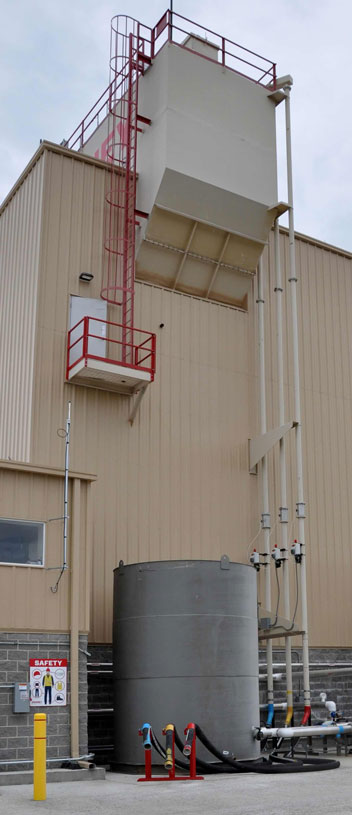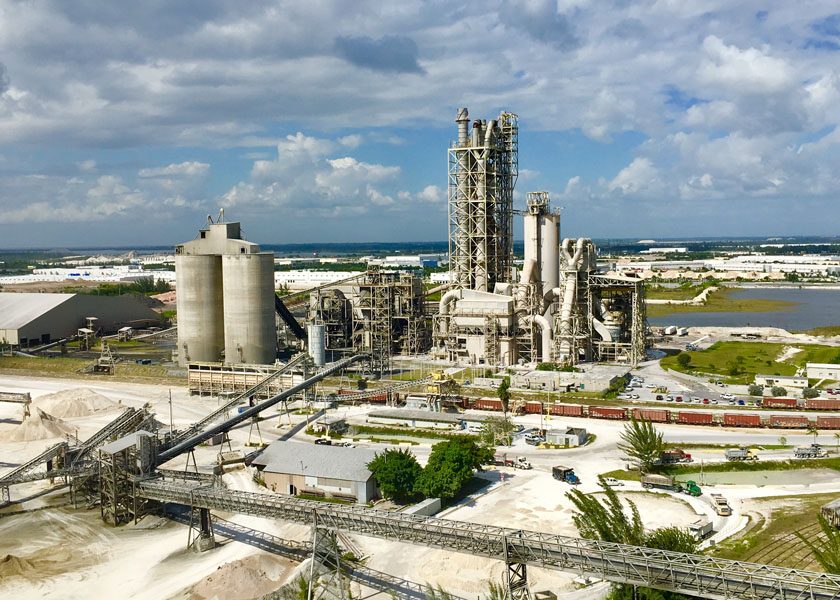Growth in U.S. construction markets could be dampened by Congressional drama that erodes consumer confidence and hinders recovery, according to the latest forecast from the Portland Cement Association (PCA).
“American consumers love drama. Moreover, Congress knows how to create it, with more on the way when the debt ceiling talks resume in early 2014,” said Edward Sullivan, PCA group vice president and chief economist. “Each time the political circus on Capitol Hill addresses extensions of the debt limit, budget approvals or the fiscal cliff, it harms the burgeoning economic momentum.”
PCA expects 2013 cement consumption to reach nearly 80 million metric tons (Mt), a 4.5 percent increase over 2012. Consumption levels are will reach 86 Mt in 2014, an 8.1 percent year-over-year gain.
Consumer and business confidence is a key ingredient for stronger economic gains, noted Sullivan. Recessions generate pent-up demand to correct their imbalances. Large imbalances need a long correction process. While the economy is positioned for stronger growth, it needs a trigger to unleash this potential. The trigger lies with consumer and businesses willingness to spend and reinvest in capital. Congress can easily derail recovery momentum with political drama created by the federal shutdown and debt ceilings.
During 2014, it is possible that all sectors of construction will record growth – namely residential, nonresidential and possibly public. While the growth will be broad based, half of it anticipated for 2014 will come from residential construction activity where there is the largest amount of pent-up demand. The commercial and institutional sector will contribute another 25 percent.
Typically, when each sector contributes to growth, robust growth rates in cement consumption materializes. PCA predicts real construction spending to grow 1.3 percent in 2013 and by 8 percent in 2014.
Sullivan believes the trough point for roadway construction was reached in 2013. “Improving state finances could provide surpluses by 2015 that states can apply to neglected infrastructure spending.”
By 2018, the end of the forecast horizon, portland cement consumption is expected to reach nearly 119 Mt – roughly 3 percent below the past cyclical peak in 2005. This implies a 14-year recovery.



